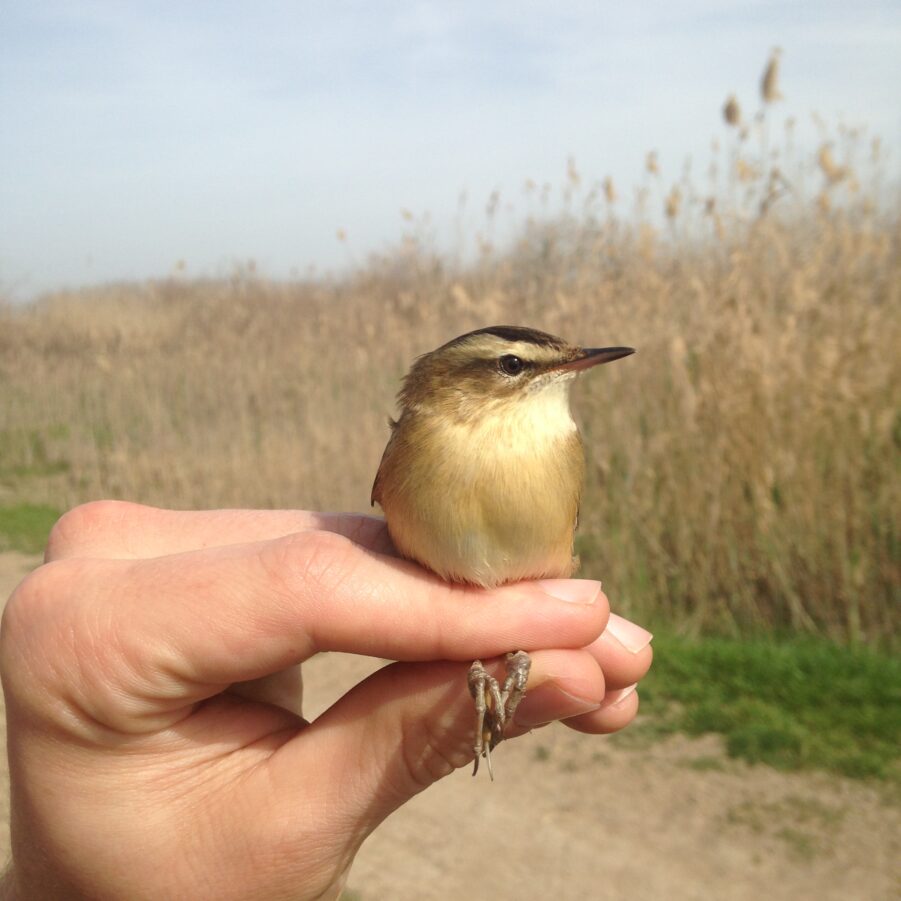Do you use field marks when you’re watching birds? Let’s imagine a typical situation:
You’re walking to your car after work, or starting a hike on a gorgeous Saturday morning. Or maybe you’re stopped at a traffic and looking out the window. You see a bird that you don’t recognize. It’s there for maybe for a few seconds or a minute or so, and then it’s gone. “Wow, that was neat!” you think to yourself. “I’d better look that one up when I get home.” So you go about your day, confident that you’ll find the species in your guidebook or online. When you finally get around to it, your heart sinks when you see a half-dozen seemingly identical species stretched out across the page. Well, was it this one, or that one? Suddenly your memory is fuzzy. You ask that one friend who is an expert birder, and based on your description they simply say “Well, that could be a lot of things.”
Have you ever been in this situation? It used to happen to me all the time, and frankly sometimes it still does. Field marks are one way to run into this problem a lot less often.
What are field marks?
Field marks are conspicuous characteristics of a bird that are diagnostic, or make it easier to identify. Most birdwatchers more strictly use this term for plumage characteristics. That is, colors or patterns on the bird’s feathers. This means things like stripes, spots, or changes in color on various parts of the body.
Some common field marks for bird species include:
- Wing bars: Horizontal stripes on the birds wing, resembling the “shoulder” (but actually the wrist) when the wings are folded.
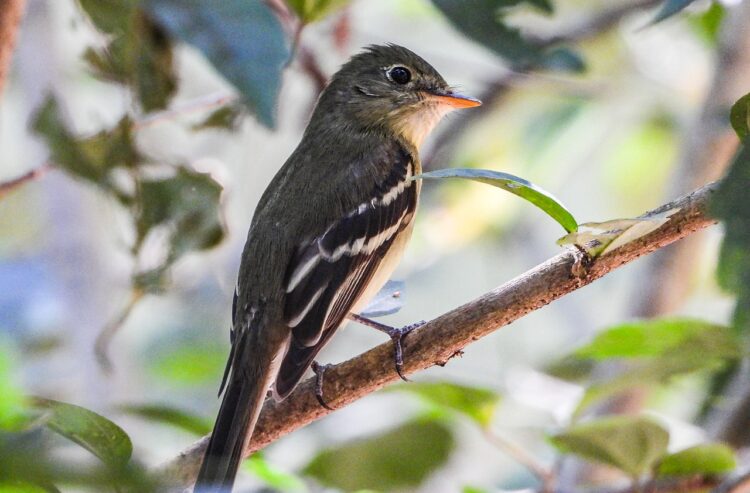
- Tailfeather color: Differences between the color of tail feathers (known to bird-nerds as rectrices) and the rest of the body, or from one another. Some birds have light tail feathers that will flash when they fly away or are startled.
- Eye rings: The color of the skin or feathers surrounding the bird’s eye
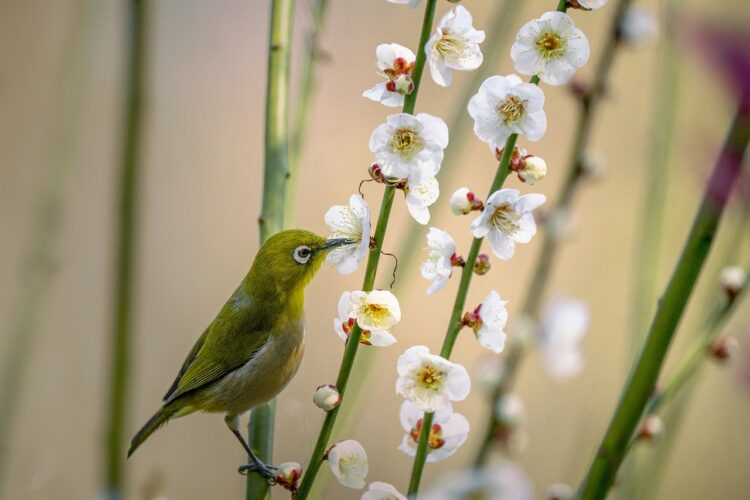
- Eye lines: Horizontal stripes either crossing the eye or extending backward from its outer edge
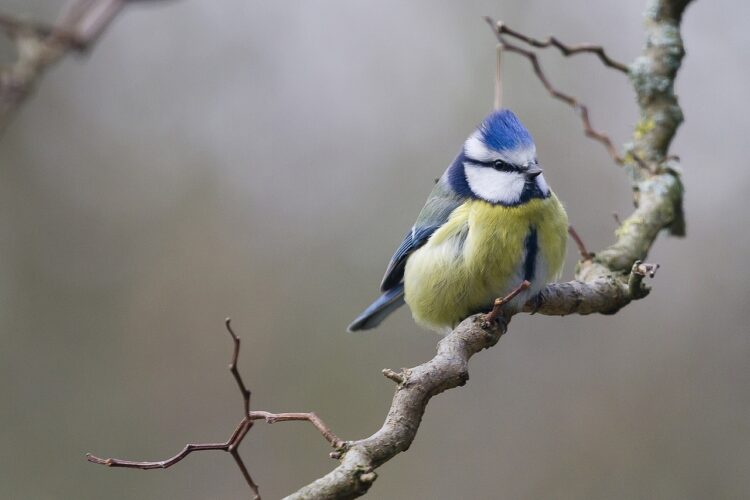
- Supercilia: Horizontal stripes passing over the top of the eye like an eyebrow
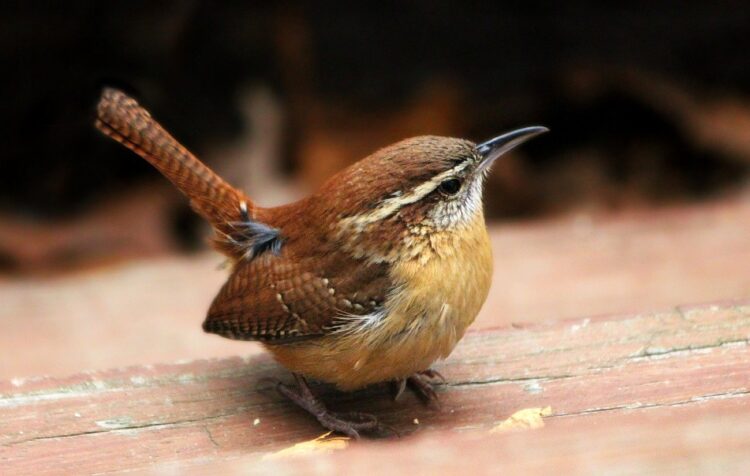
- Rump patch: Distinct colors on the feathers covering the small of the bird’s back up to the base of the tail.
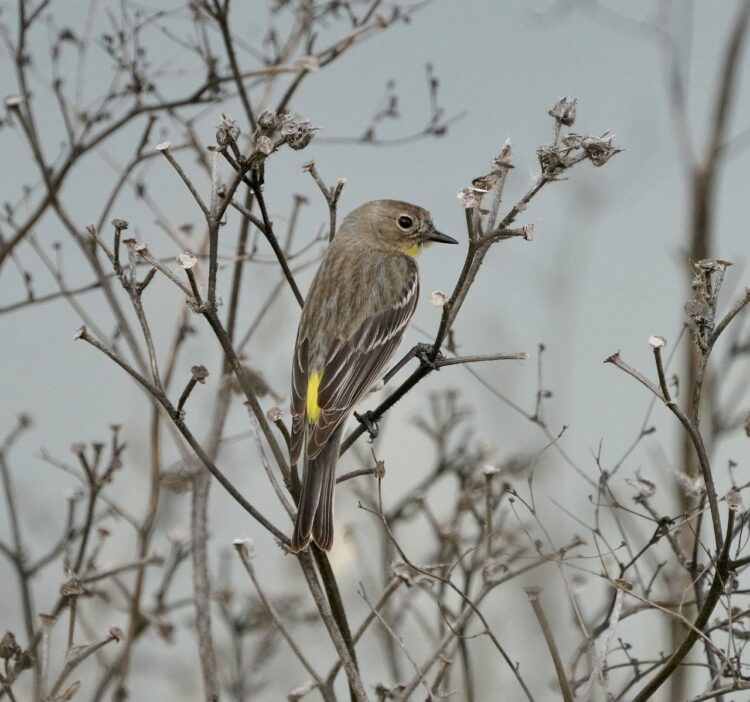
- Vent: Distinct colors on the bird’s “butt”; the feathers between its legs and the undertail coverts, which are feathers that cover up the base of the tail.
- Mustache (or mouth stripe): A stripe extending diagonally downward and backward from the corner of the mouth
- Malar stripe: “warpaint” stripes, often dark in color, going downward from under each eye. These goth-looking field marks are common in falcons.
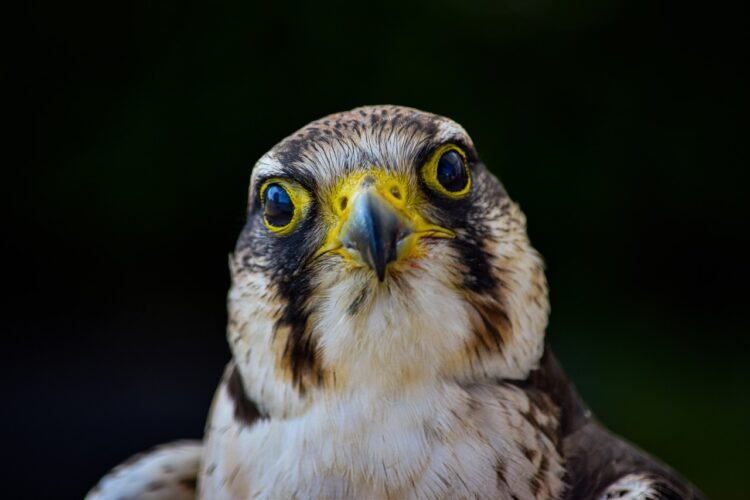
- Crown stripes: Stripes running backward from the face to the back of the head. Sometimes give a sort of “mohawk” look.
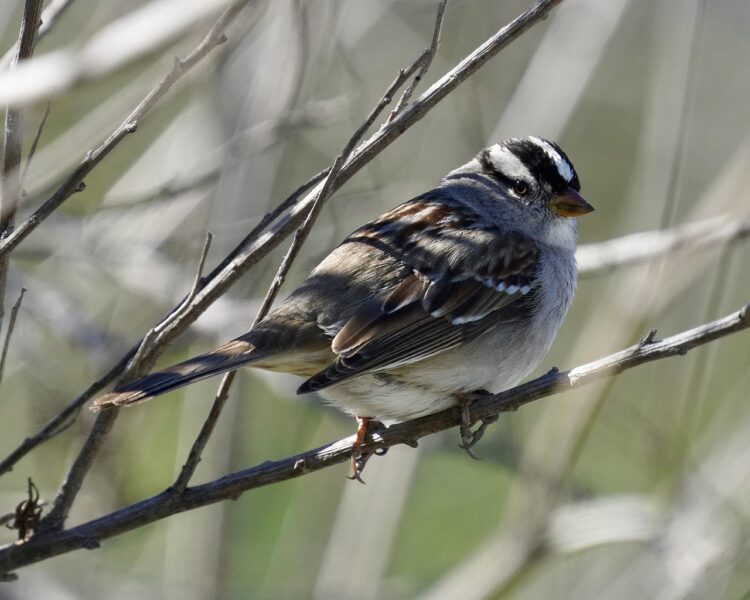
- Gorget: A patch of often iridescent feathers on the bird’s throat, or just under the bill. Common in hummingbirds.
- Belly markings: Spots, stripes, or color patches along the belly.

How do you use field marks?
Once you have the hang of a few field marks and how to describe what you’re seeing, putting field marks to use is really straightforward. Of course, any recognizable feature that you can remember and describe clearly to someone else can be a field mark. When you see an interesting bird, see what features you can find that appear unusual or notable. Are there distinguishable markings or colors in certain places?
When you find a field mark, find a way to mentally record it. I say them out loud, even if I’m alone, and repeat them to myself a few times until I can write them down. Ultimately, you’ll absolutely want to write down the field marks on a piece of paper or as a note on your phone. This way, you can look them up in a reference or field guide or tell a friend.
Field marks are commonly used in field guides for birds. Actually, many field guides have handy glossaries with vocabulary and labeled pictures to help you learn and practice field marks. Field guides and other reference resources commonly provide brief descriptions of individual species using field marks, so remembering which you saw is essential to proper field guide use.
A quick example
Here’s an example from my notes of a bird I saw in Costa Rica and looked up later using field marks:
- Yellow belly
- Greenish-olive on back
- Chestnut or reddish on the head
- White supercilium
- Thick-ish bill
When I finished the roadside stroll with a good friend of mine, we opened up a field guide and thumbed through the pages. Based on some other behavioral and physical characteristics, I guessed that the bird was a vireo or brushfinch, and we stuck to pages with smaller perching birds. Using those field marks I had written down, we identified the bird without much problem. The Rufous-capped warbler (Basileuterus rufifrons), the first one I had ever seen!
Some further considerations
Many birds exhibit sexual dimorphism, meaning that the two sexes will appear different, especially during the breeding season. This means that some field marks for certain species will be sex-specific. These types of field marks can help you distinguish between sexes. On the other hand, they also mean you might miss field marks associated with one of the sexes if you only see one individual. Some bird species are much easier to identify by looking at males, while females more closely resemble those of other species, and vice-versa.

Photo by Alexas_Fotos on Pixabay.
Similarly, many birds only display key field marks as breeding adults. Until they grow old enough and molt out of their juvenile plumage, young birds may be more nondescript and harder to tell apart between similar species. Much of the time this is for a reason. Young birds have duller colors to hide more effectively during their vulnerable life stage.
Looking for some further reading? The Cornell Lab of Ornithology, an excellent all-purpose source for information for birds in North America, has a great page for distinguishing basic field marks.
Thanks for reading about field marks!
As always, if you’ve got other birdwatching questions or requests for Outdoor Tips, I’d love to hear about it. Let me know through the comments or contact form!

